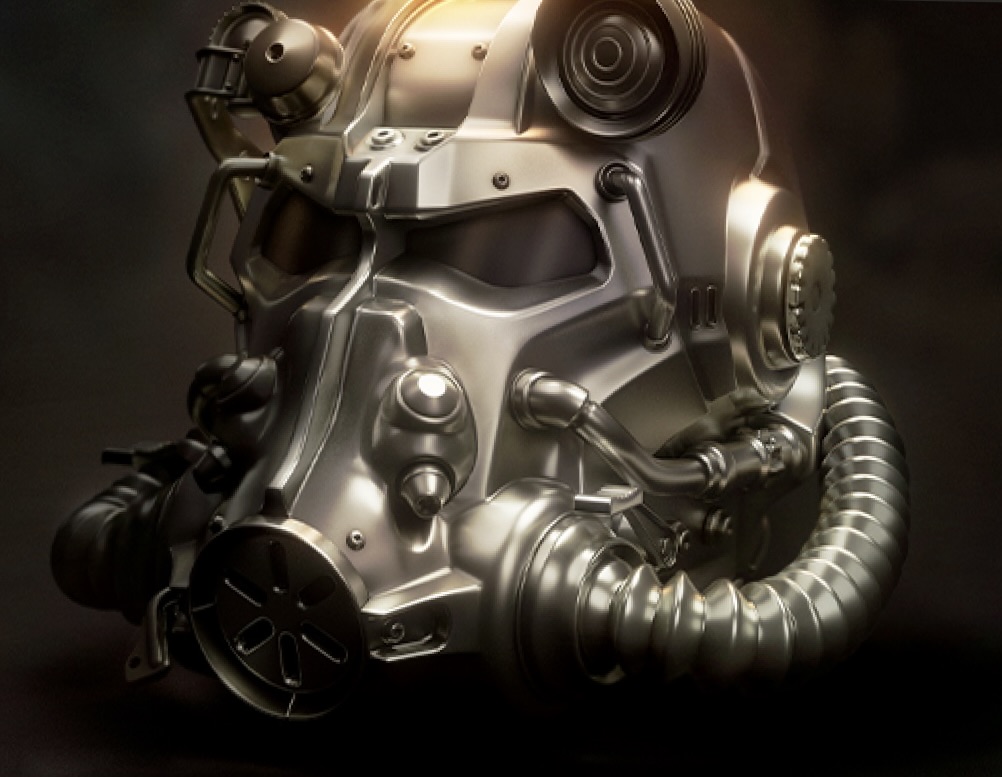There’s a unique silence to returning to the Commonwealth after ten years — the kind that lives between nostalgia and rediscovery. With Fallout 4: Anniversary Edition, Bethesda Game Studios hasn’t just remastered a game; it’s recontextualized an era. Launching on November 10, 2025 — exactly a decade after its debut — this edition collects the base game, all six expansions, and over 150 curated Creation Club items, presenting what is arguably the definitive Fallout 4 experience.
What makes this reissue matter isn’t merely its comprehensiveness but its timing. Bethesda is once again at the center of gaming’s attention after Starfield and the success of Amazon’s Fallout television series. For new fans drawn in by pop culture and veterans who still remember that first breath of irradiated air outside Vault 111, the Anniversary Edition feels less like a re-release and more like a memorial — a monument to what single-player storytelling used to be before the live-service deluge.
rebuilding the commonwealth
The structure of Fallout 4 remains intact. The story still begins with tragedy — nuclear fire splitting a 1950s-style suburb in half — and the player emerging from cryogenic sleep two centuries later to search for a lost child in a ruined Boston. The game’s heart, however, has been reborn through subtle, deliberate improvements.
The Anniversary Edition introduces enhanced lighting, higher resolution textures, and rebalanced shadow mapping that bring a new depth to the Commonwealth. Every glint of metal on the Power Armor, every neon flicker in Diamond City, now hums with visual vitality. Bethesda has managed to retain the game’s hand-painted color palette — that uniquely faded, comic-book Americana — while smoothing over its once-clunky rendering.
Performance is smoother too. The game now runs at a steady 60 frames per second on PlayStation 5 and Xbox Series X, with faster loading times and far fewer texture pop-ins. On PC, support for DLSS 3 and AMD FSR 3 delivers remarkable scalability, giving both high-end and mid-tier systems a stable, high-fidelity experience.
six expansions, one world
Part of the Anniversary Edition’s brilliance lies in how seamlessly it integrates all six expansions into the core game. Automatron, Wasteland Workshop, Far Harbor, Contraptions Workshop, Vault-Tec Workshop, and Nuka-World now flow as if they were written together.
Far Harbor, with its fog-drenched island and morally ambiguous synth mysteries, remains the standout — Bethesda’s closest flirtation with psychological horror. Automatron still satisfies the engineer’s dream, allowing players to design and deploy their own robotic companions. Nuka-World closes the circle, offering violent amusement park spectacle and a final ironic comment on American consumerism.
What’s new isn’t just convenience but curation. Quest triggers now scale better with progression, and the interface between expansion content has been streamlined to eliminate the jarring dissonance that once came with mid-game DLC starts. It’s a smoother, more cinematic rhythm that honors the game’s pacing.
the creation club renaissance
The inclusion of over 150 Creation Club items transforms the Anniversary Edition into a bridge between developer and player. The Creation Club, once controversial for monetizing curated mods, has matured into a platform that celebrates quality fan content. The new “Creations” hub allows players to browse, install, and integrate community-driven gear, missions, and aesthetic overhauls directly from the main menu.
This matters more than it might seem. For ten years, Fallout 4 has been one of the most modded games in the world — a digital ecosystem of tinkering and reinvention. By folding this culture into the official release, Bethesda acknowledges the very fans who kept the wasteland alive long after launch. Mods like The Machine and Her and Project Valkyrie have achieved legendary status within the community; their DNA now influences Bethesda’s official content pipeline. The Anniversary Edition doesn’t erase that heritage — it institutionalizes it.
flow
Beyond the technical, Fallout 4’s soundscape has received subtle but meaningful tuning. Environmental audio feels more spatially dynamic — from the reverb of abandoned subway tunnels to the rustling wind through dead trees. Even the familiar hum of the Pip-Boy carries added warmth, as if Bethesda’s sound engineers sought to remind us that this world isn’t just seen but felt.
Combat remains grounded in weight and recoil, but AI pathing has been revised to reduce frustrating behavior among enemies and companions alike. Survival mode, often seen as the game’s most immersive challenge, benefits from fine-tuned hunger, fatigue, and radiation meters, providing just enough realism without overburdening playability.
There are also gentle UI refinements — nothing drastic, but enough to make inventory and settlement management feel cleaner. Bethesda hasn’t tampered with the DNA of Fallout 4’s sandbox systems; it has simply polished the edges that time and modding once obscured.
the arrival
Ten years is a long time in gaming. Since 2015, industry trends have shifted toward procedural worlds, multiplayer models, and endless monetization. And yet, Fallout 4 persists — because its core design, rooted in human emotion and moral complexity, remains timeless.
The Anniversary Edition doesn’t radically reinvent that formula, but it doesn’t need to. Its accomplishment is preservation: taking the best of what players remember and ensuring it performs gracefully in 2025. Its textures may gleam brighter, but its soul is still matte and scarred — like the Power Armor itself.
This release also serves as a quiet dialogue with Starfield. The latter represents Bethesda’s future — vast, interplanetary, ambitious — while Fallout 4 represents its heart. Together, they define the studio’s creative duality: the dream of expansion and the poetry of survival.
impression
Fallout 4: Anniversary Edition isn’t just a remaster; it’s an act of cultural conservation. It secures a space for single-player storytelling in an age increasingly dominated by seasonal content and algorithmic engagement. The world it offers — crumbling, irradiated, yet bursting with hope — still feels eerily relevant.
Yes, some systems show their age. Dialogue remains binary, character animations still carry that familiar stiffness, and settlements occasionally glitch. But the experience transcends mechanics. Ten years later, walking through the ruins of Lexington at sunrise still evokes awe. The lighting now captures every particle of dust and decay, each shaft of light cutting through despair.
The Fallout 4: Anniversary Edition stands as a love letter — to craftsmanship, to community, and to the resilience of players who’ve never stopped wandering. Whether you’re returning to your old save or beginning anew, this is the Commonwealth at its most complete, a decade-long story polished into permanence.
No comments yet.








